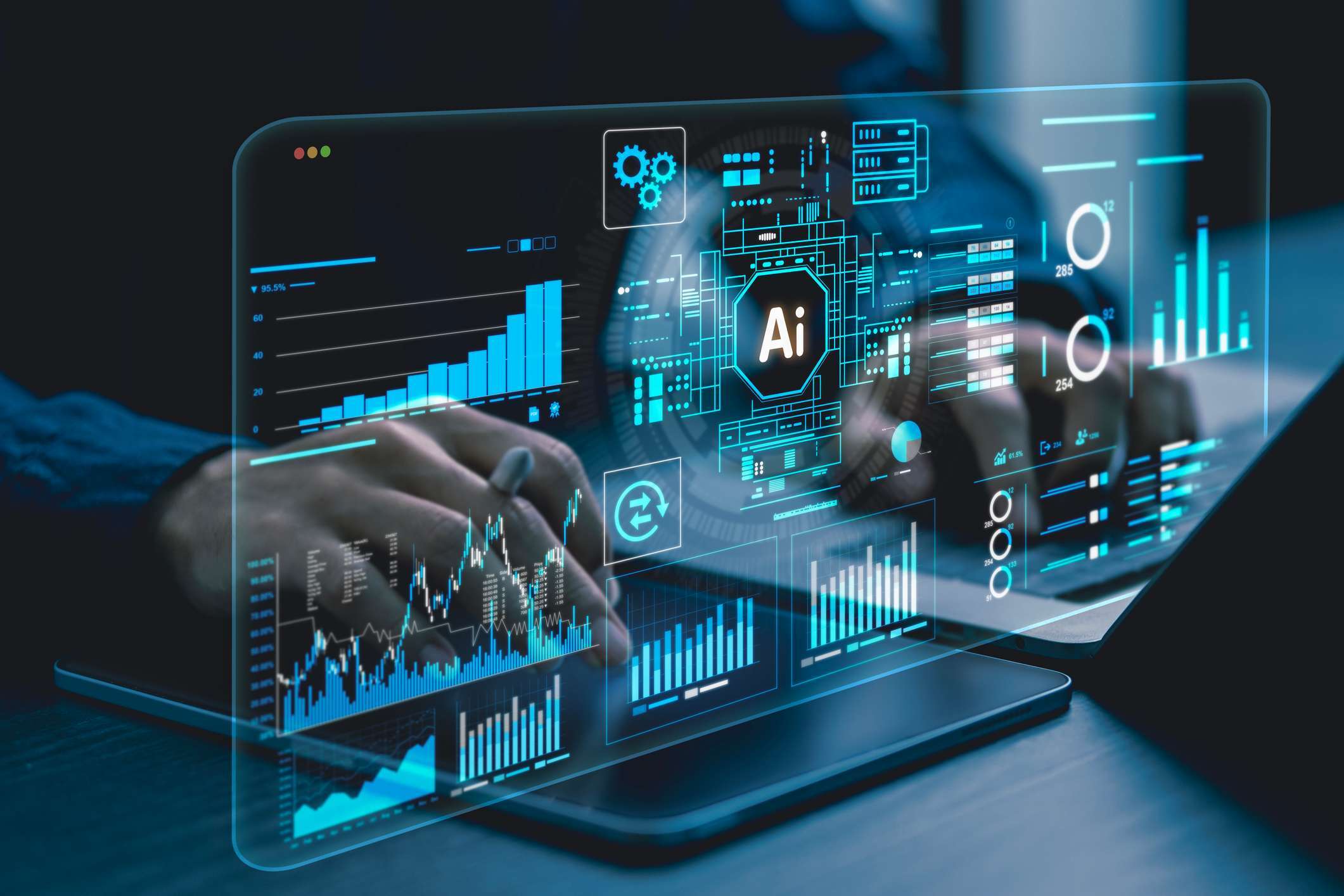Integrating AI with Existing Security Systems for Maximum Impact

 By
Jason Miller
·
2 minute read
By
Jason Miller
·
2 minute read
Integrating AI with Existing Security Systems for Maximum Impact
Modern cybersecurity requires more than just standalone tools—it demands integration and intelligence. As cyber threats grow more sophisticated, combining artificial intelligence (AI) with existing security systems delivers greater visibility, faster response times, and more accurate threat detection. Effective AI security integration allows organizations to unify fragmented defenses into one cohesive, proactive ecosystem that continuously adapts to new attack methods.
When AI is integrated into current security frameworks, it amplifies human expertise and enhances traditional tools with predictive capabilities, automation, and deeper analytical insight.
Why AI Integration Matters
- Improved detection accuracy: AI reduces false positives by distinguishing legitimate activity from real threats with greater precision.
- Faster incident response: Machine learning enables real-time detection and automated mitigation without waiting for manual intervention.
- Comprehensive visibility: AI unifies data from firewalls, SIEMs, and endpoint solutions to identify patterns invisible to isolated systems.
- Operational efficiency: Automating repetitive tasks allows IT teams to focus on strategic initiatives instead of manual monitoring.
How to Integrate AI Into Existing Security Infrastructure
1) Assess Current Security Posture
Identify gaps in your current environment and determine where AI can provide the most value—such as anomaly detection, endpoint protection, or phishing prevention.
2) Choose Interoperable AI Solutions
Select tools designed to integrate seamlessly with existing platforms like SIEM, SOAR, and EDR to maximize compatibility and minimize disruption.
3) Centralize Data Collection
AI relies on large datasets to make accurate predictions. Consolidate event logs, alerts, and telemetry data into a single source of truth for better analysis.
4) Implement Automated Response Protocols
Use AI-driven automation to execute predefined actions—such as quarantining compromised endpoints or blocking malicious IPs—within seconds of detection.
5) Continuously Train and Optimize
Regularly refine AI models based on new threat intelligence and feedback from security analysts to ensure continuous improvement.
Did you know?
Organizations that integrate AI with existing security systems can reduce breach detection time by up to 85%, according to a recent study by Capgemini Research Institute.
Conclusion
Integrating AI with existing security systems turns passive defenses into intelligent, adaptive protection. Rather than replacing legacy tools, AI enhances them—bridging gaps, automating responses, and predicting threats before they occur. With solutions like BitLyft AIR, businesses can seamlessly integrate AI into their infrastructure to achieve stronger, faster, and more coordinated security operations across all layers of defense.
FAQs
Can AI work with existing cybersecurity tools?
Yes. Modern AI solutions are designed for interoperability with common platforms like SIEM, SOAR, and EDR systems.
Does integrating AI require replacing current systems?
No. AI enhances your current infrastructure by adding automation, analytics, and predictive detection capabilities.
How does AI reduce alert fatigue for analysts?
AI filters out false positives and prioritizes real threats, allowing analysts to focus on critical alerts that require human judgment.
Is AI integration cost-effective for small businesses?
Yes. Scalable AI tools allow smaller organizations to enhance existing defenses without major infrastructure overhauls.
How does BitLyft help with AI security integration?
BitLyft AIR integrates AI-driven detection and automated response with your existing systems, creating a unified defense platform for proactive threat management.